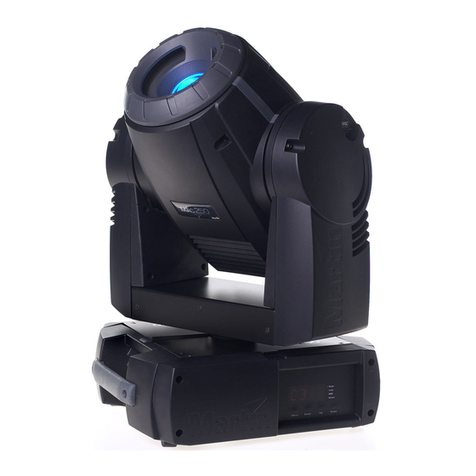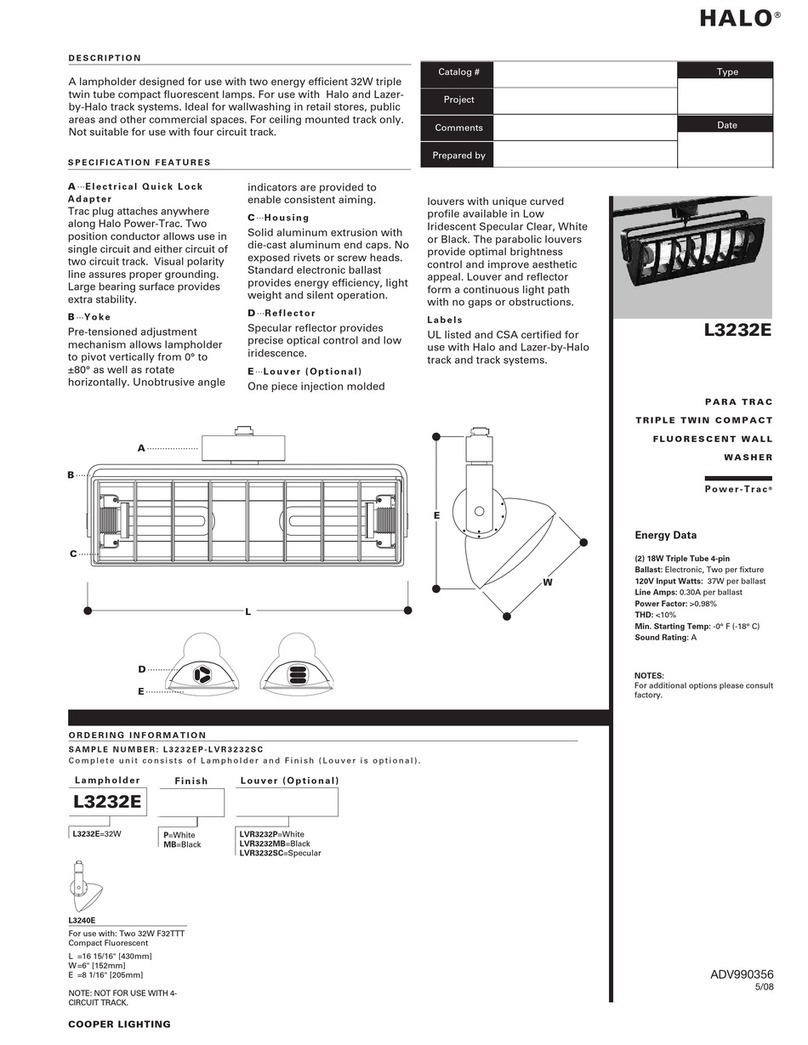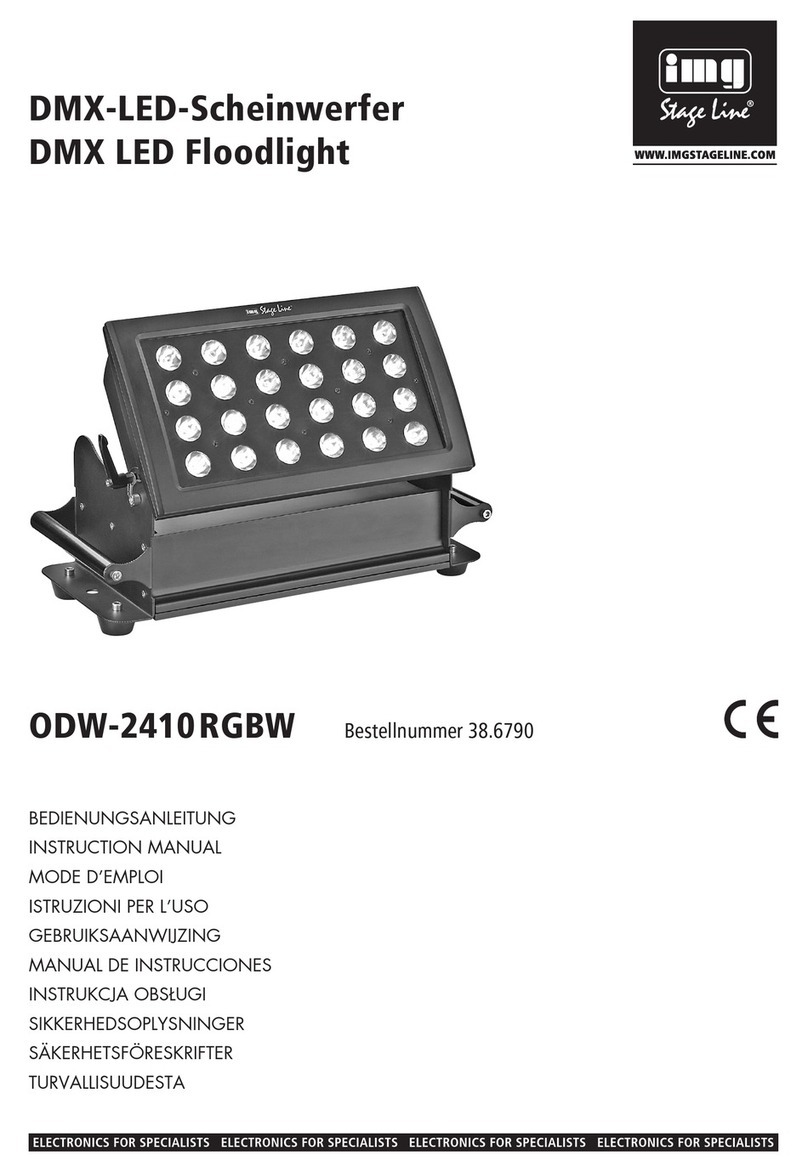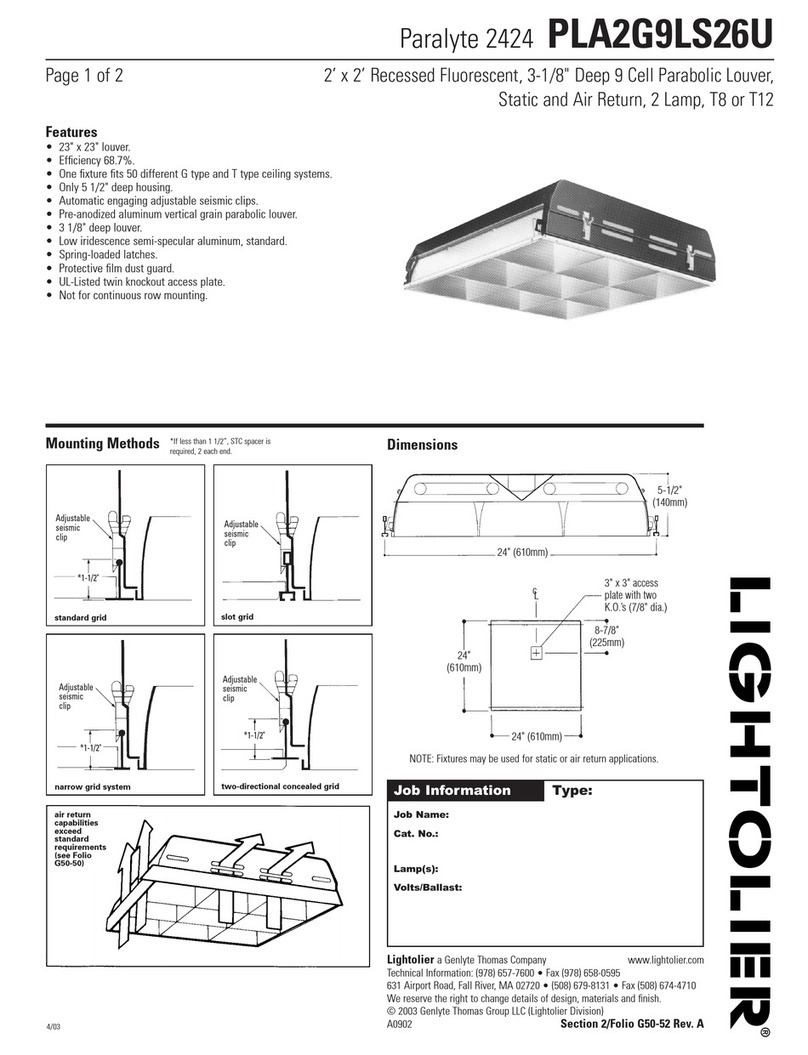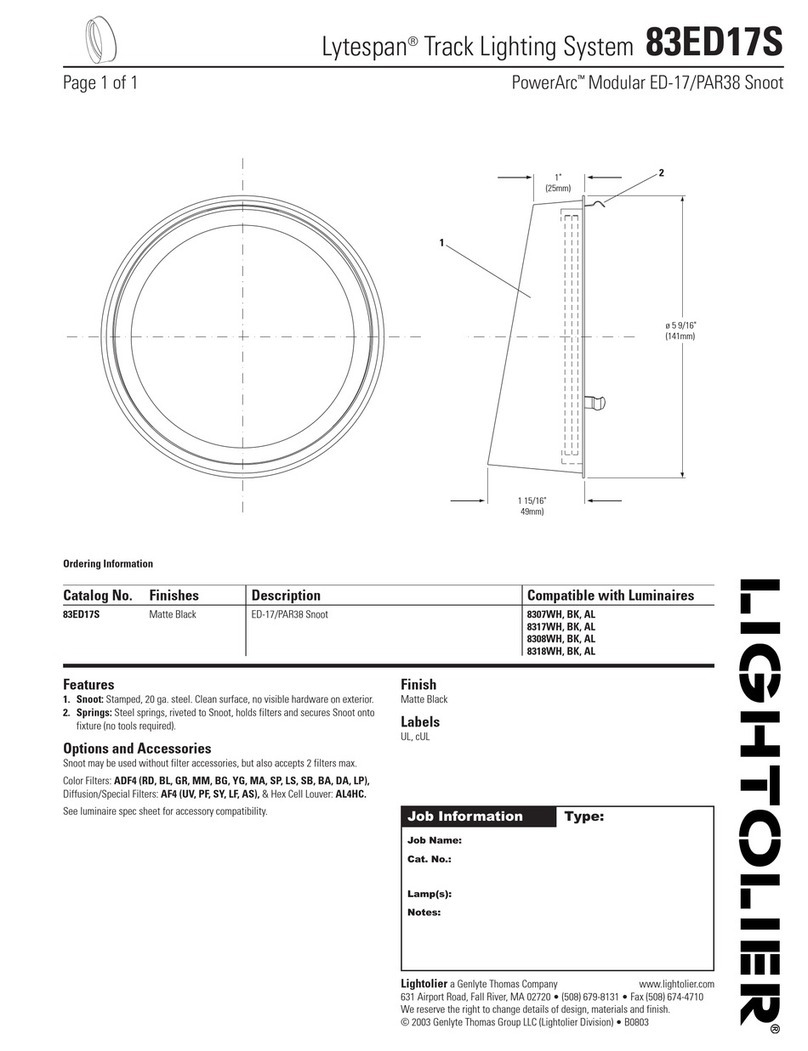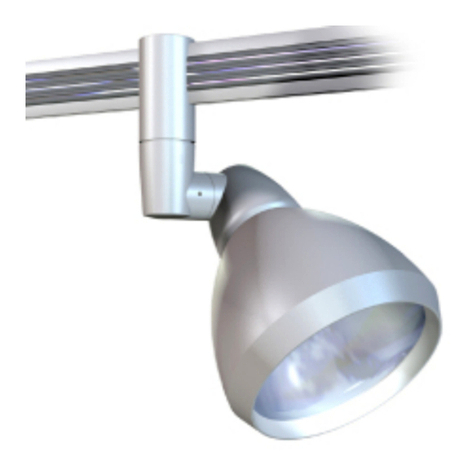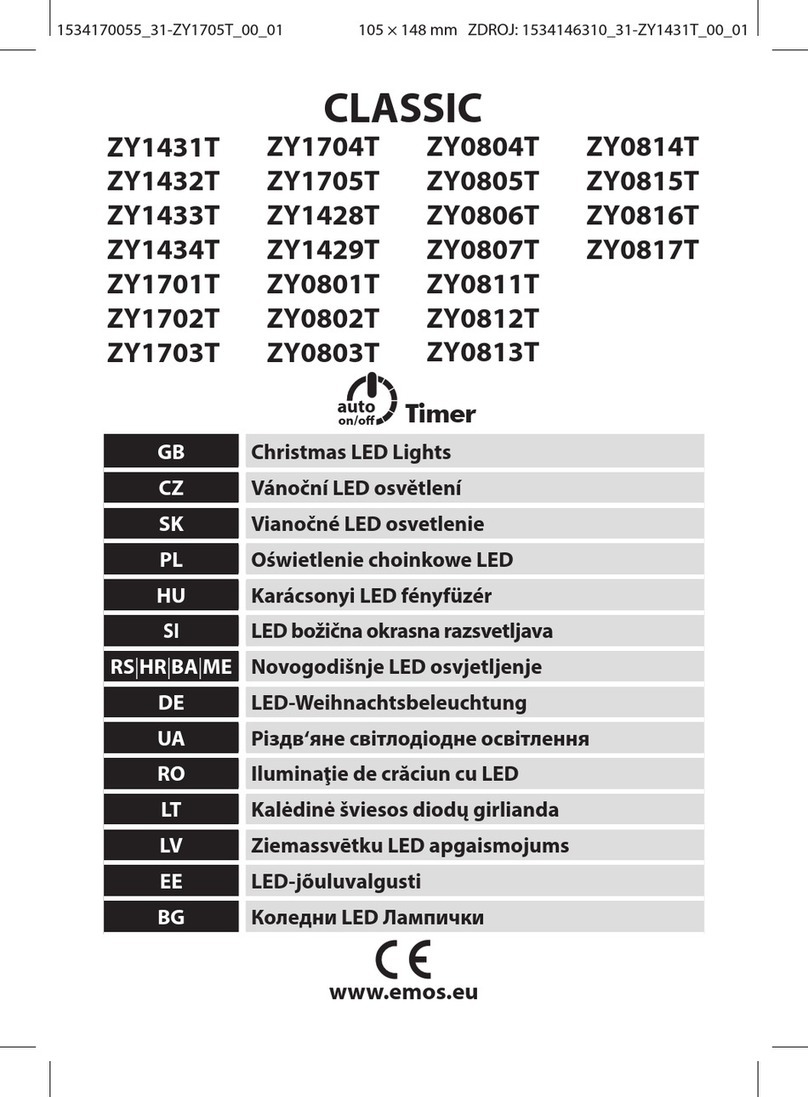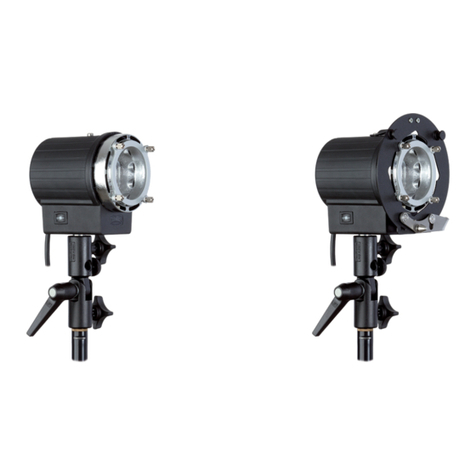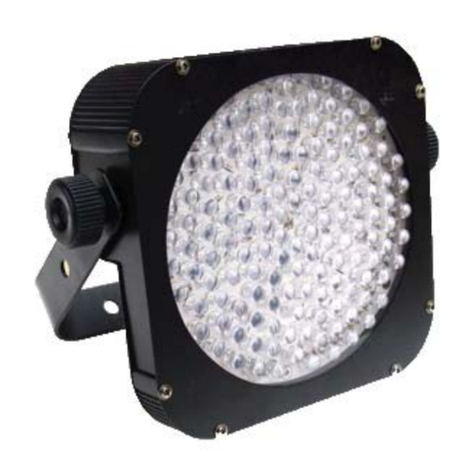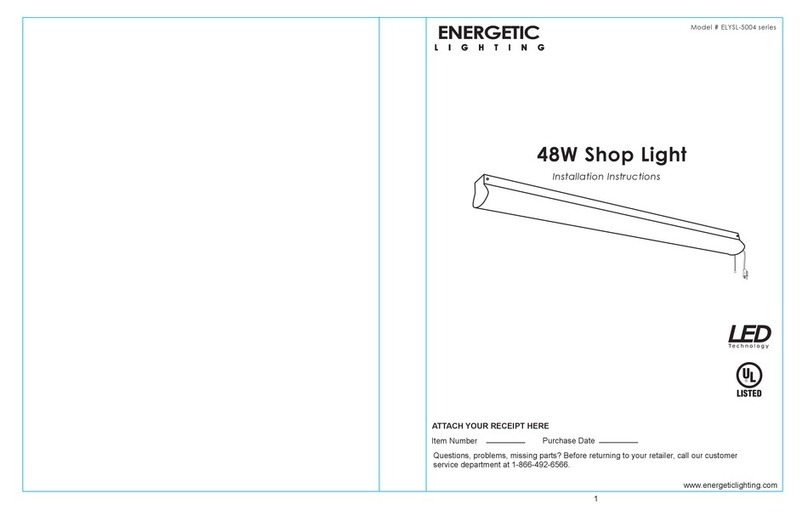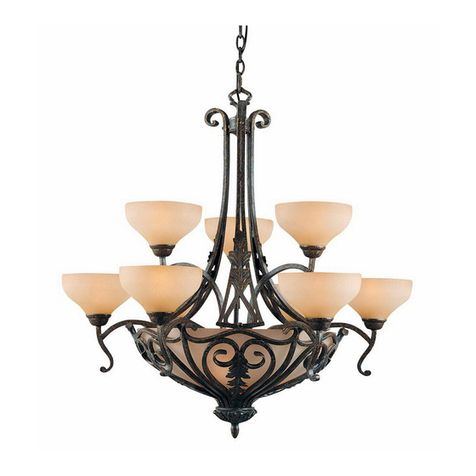
DE Schutzklassen, Sicherheitsbestimmungen und Instruktionen
In der Leuchte sind kleine magnetische Komponenten verbaut. Magnete können die Funktion von Herzschritt-
machern / implantierten Defibrillatoren beeinflussen.
Empfohlener Sicherheitsabstand vom Magneten:
85 mm bei neuen Versionen mit max. erlaubtem Magnetfeld von 1 mT = 10 G.
105 mm bei älteren Versionen mit max. erlaubtem Magnetfeld von 0.5 mT = 5 G.
Weitere Informationen unter: www.baltensweiler.ch/service/faq/
LEDs nicht unmittelbar ins Auge richten!
Fachgerechte Entsorgung / Leuchte darf nicht im normalen Hausmüll entsorgt werden.
Leuchte darf nur in trockenen Innenräumen eingesetzt werden.
Externe Dimmer, inkl. Wanddimmer sind nicht zulässig und können die LED bzw. das Betriebsgerät zerstören!
Technische Konformität gemäss EN-Richtlinien.
Schutzart IP20:
Geschützt gegen Berührungen mit den Fingern und mittelgrossen festen Fremdkörpern ø ≥ 12 mm.
Schutzklasse II:
Betriebsmittel mit Schutzklasse II haben eine verstärkte oder doppelte Isolierung in Höhe der Bemessungsiso-
lationsspannung zwischen aktiven und berührbaren Teilen.
Pegehinweis: Stromzufuhr unterbrechen. Mit einem feuchten Tuch abreiben. Keine scheuernde, alkoholische
oder elektrostatisch geladene Reinigungsutensilien verwenden. Die LED darf weder berührt noch gereinigt
werden (mechanische / chemische / elektrostatische Beschädigung der LEDs).
Leuchte darf ausschliesslich bei einer Netzspannung von 220-240 V 50/60 Hz eingesetzt werden. Bei der
Montage sind die nationalen Installations- und Unfallverhütungsvorschriften zu beachten. Bei Montage, Rein-
igungs- und Wartungsarbeiten immer die Stromzufuhr unterbrechen. Reparaturen dürfen nur vom Hersteller
oder durch eine qualizierte Fachkraft gemäss der geltenden Normgebung ausgeführt werden. Bei unsach-
gemäs- ser Installation oder Manipulation an der Leuchte entfallen alle Gewährleistungsansprüche sowie die
Produkthaftungspicht des Herstellers nach der europäischen Richtlinie über die Haftung für fehlerhafte Pro-
dukte (85/374/EWG) und dem schweizerischen Bundesgesetz über die Produkthaftung (PrHG). BALTENSWEI-
LER übernimmt keine Haftung für Sach- und Personenschäden, die durch unsachgemässe Handhabung oder
Nichtbeachten der Sicherheitsbestimmungen entstehen!
Die Leuchte erwärmt sich im Betrieb. Die Leuchte darf nicht mit produktfremden Gegenständen belastet und
bestückt werden (Bruch- / Sturzgefahr), sowie auch während des Betriebs nicht mit Gegenständen (z.B. Textil-
ien) überdeckt werden (Brandgefahr). Halten Sie die LED frei von Schmutz und Fremdpartikeln (Pegehinweis
beachten). Solche Verunreinigungen können zu einer erhöhten Wärmeentwicklung führen, welche die Leuchte
beschädigen kann.
LEDs sind fest verbaut und dürfen nur durch den Hersteller gewechselt werden.
Elektronische Bauteile sind empndlich gegen elektrostatische Entladung und können bereits beim Berüh-
ren der Anschlüsse zerstört werden. Für die Montage sind geeignete ESD-Schutzmassnahmen (Electro Static
Discharge) zu treffen.
!
3

